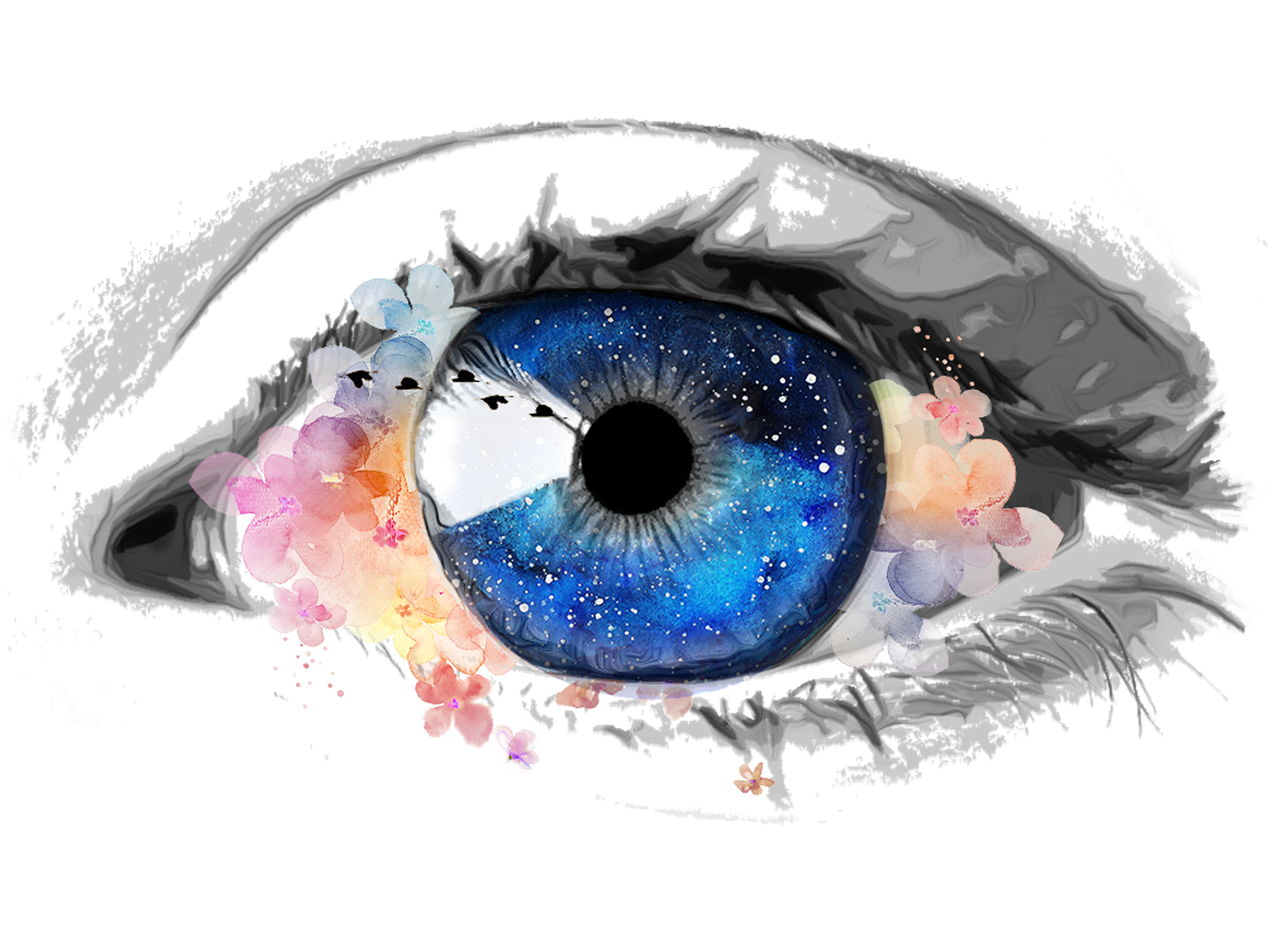
Dry Eye
Dry eye is a very common condition. It causes burning, redness, discharge, light sensitivity, and the sensation that something is stuck in the eye. Ironically, it can also cause episodes of excessive tearing. This is because the eye can get damaged if it is too dry, so your body will reflexively dump tears out to protect your eye if it is too dry. The first treatment that should be tried for dry eye is over-the-counter lubricating eye drops, one to four times a day. While there is no cure for dry eye, symptoms can be successfully managed using a step-wise approach.
Many artificial tear products are available over the counter. Common brands include Systane, Refresh, Blink, and Theratears. It is important to not use any product that says “get the red out” on a daily basis (e.g. most Visine formulations), because these products frequently contain an extra medication to constrict blood vessels. Regular use of these products can lead to dependence, such that if you stop using the product, your eyes will become very red for a number of weeks (e.g. “rebound”). There are lots of different brands of artificial tears, and all the formulations are a little different. Tears are a bit like toothpaste in that it is more important to regularly use them than exactly which brand you are using. If you don’t like one product, switch to a different one.
Lubricating eye products fall into a few categories:
- Artificial tears that come in a normal bottle have preservatives in them and can be used up to 4 times a day.
- Preservative-free artificial tears can be used every hour.
- Gel tears are thicker and last longer; however, they may mildly blur your vision.
- Ointments are very thick and are designed for use at bedtime, so they protect your eyes while you sleep.
If over-the-counter products are not sufficient to control your dry eye symptoms, other alternatives include:
- Punctal plugs and cautery help you conserve your own tears and keep them on the surface of your eye longer. They are designed to close off the tear ducts that drain the tears away from your eye into your nose. Don’t worry; you’ll still be able to cry because those tear ducts are different ducts.
- Prescription dry eye products like Restasis, Cequa, and Xiidra.
- Omega-3 fatty acid (fish oil) supplements
- Hot compresses and lid scrubs may also help, because there is a lot of overlap in symptoms between dry eye and blepharitis, which is inflammation of the lid margins.
